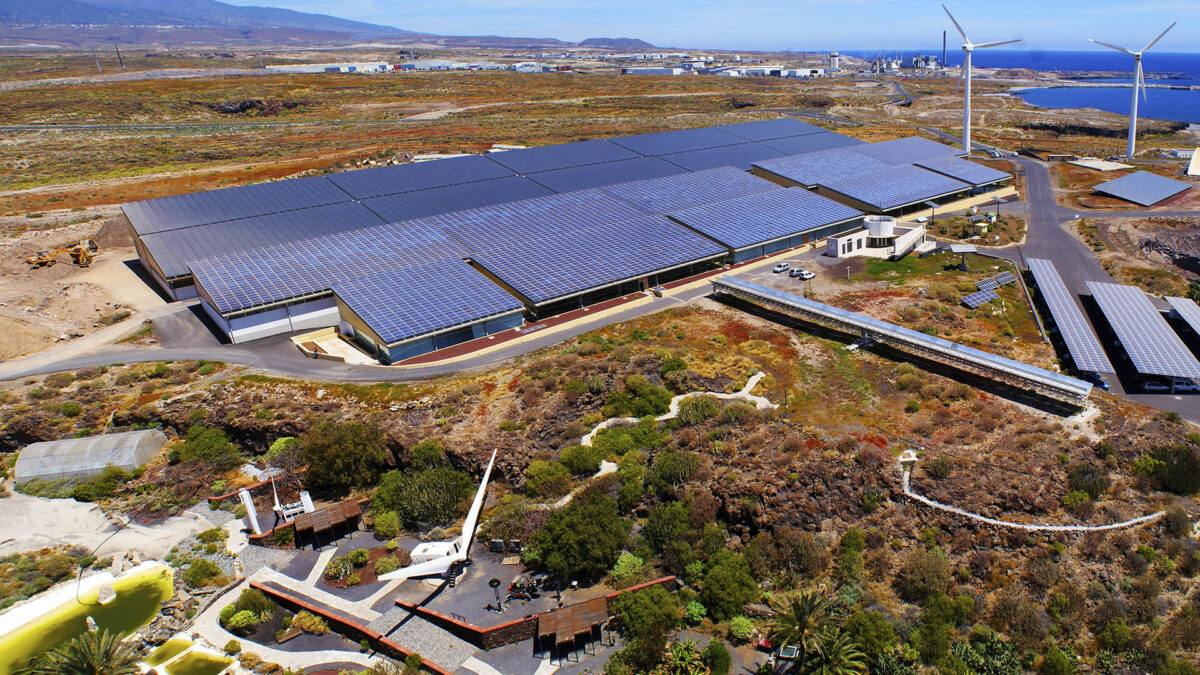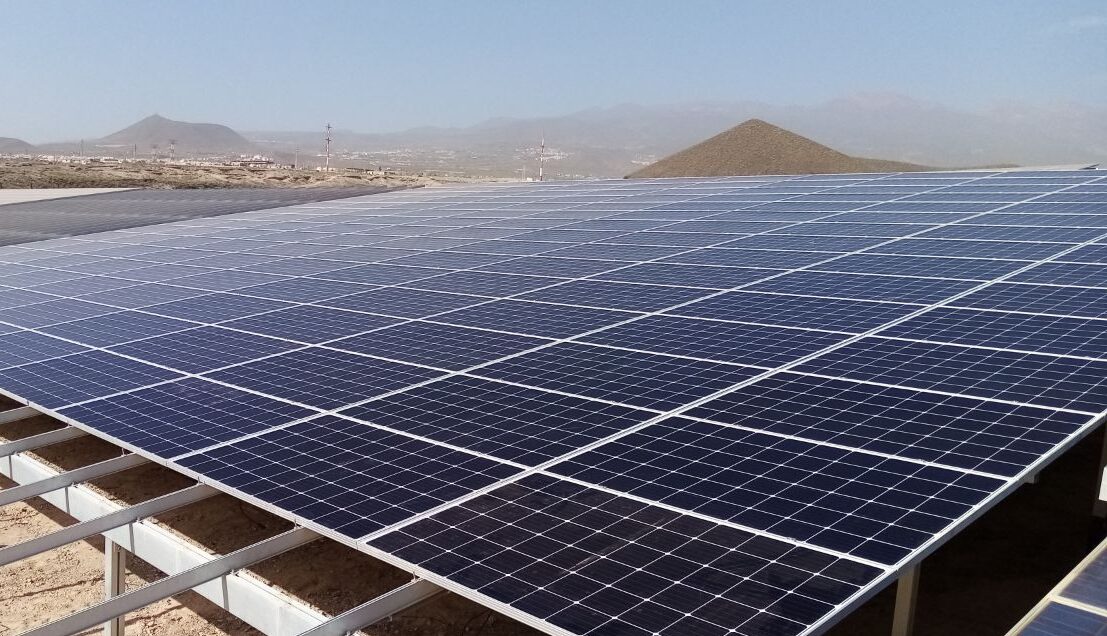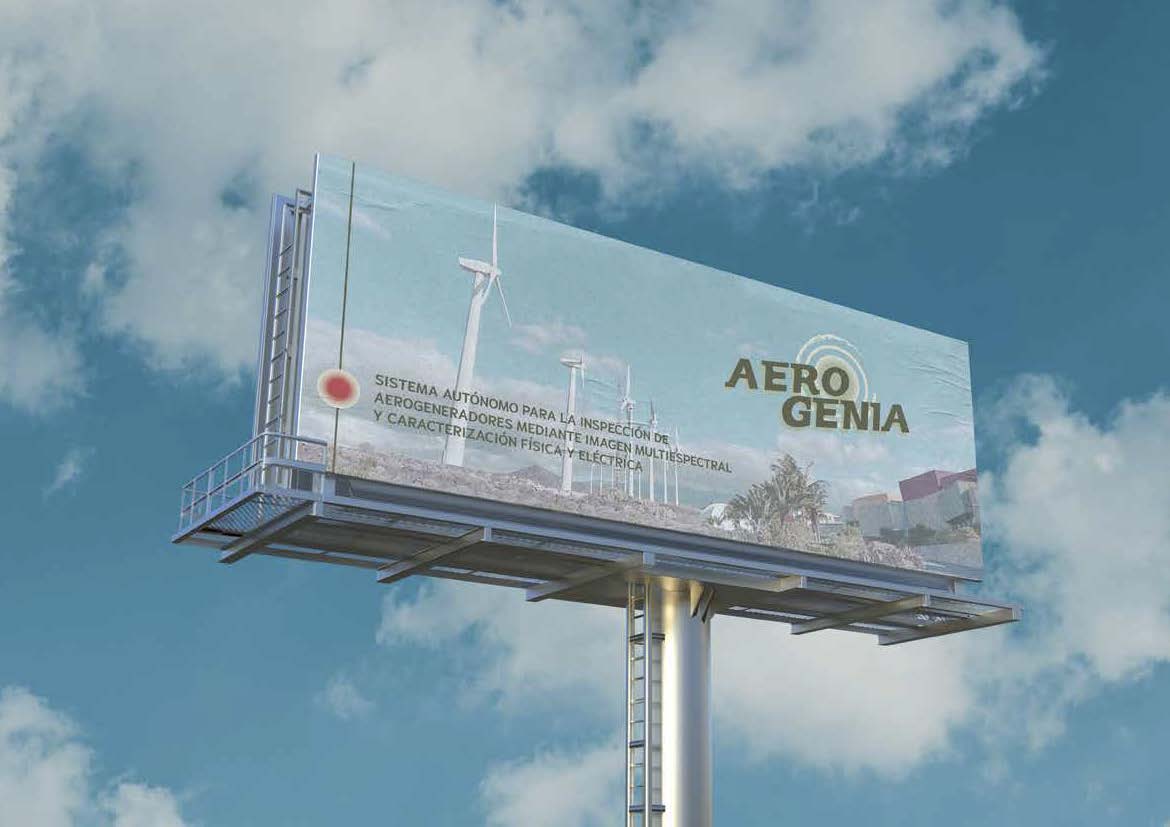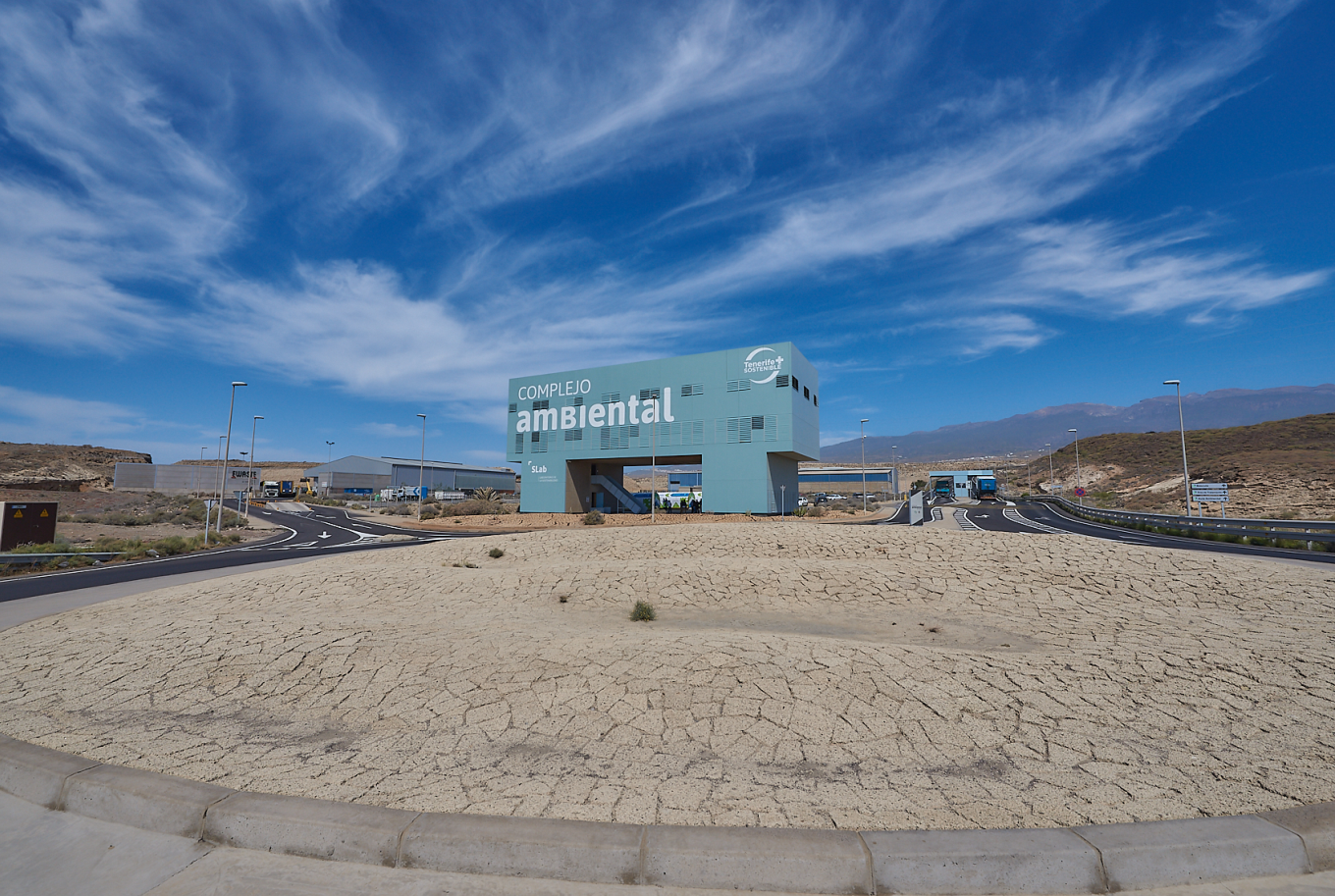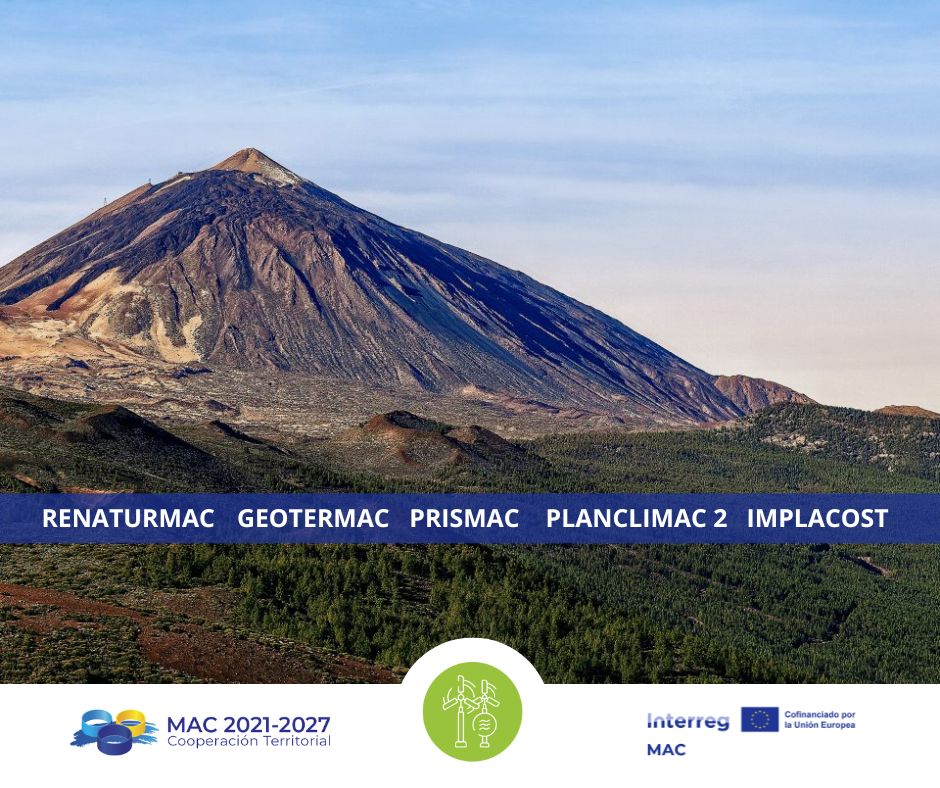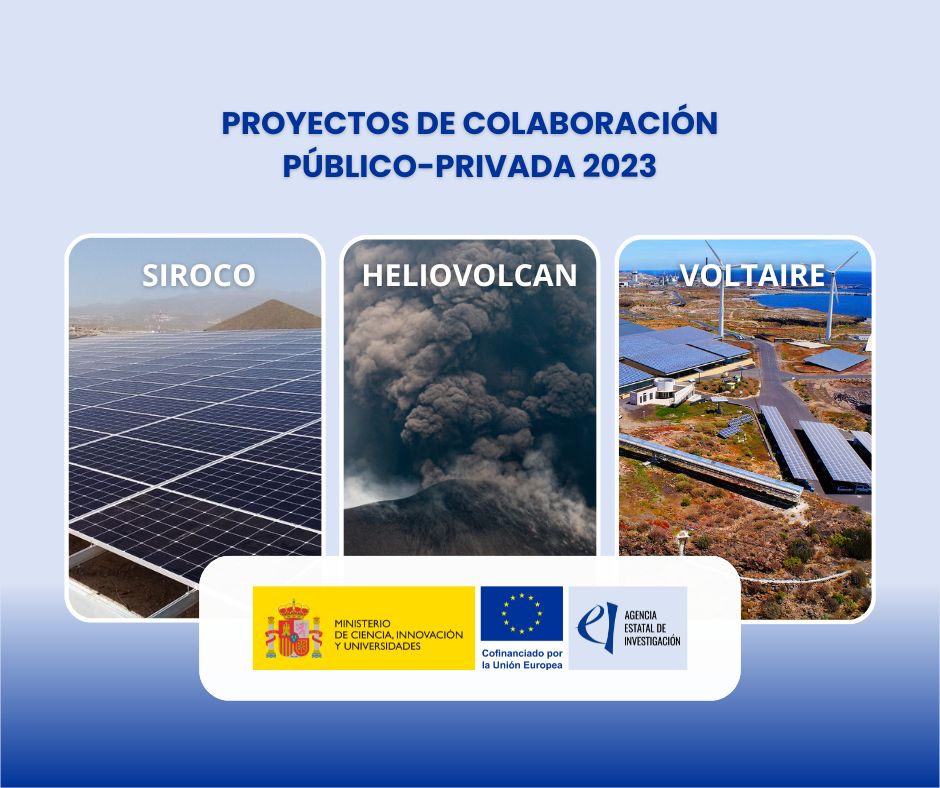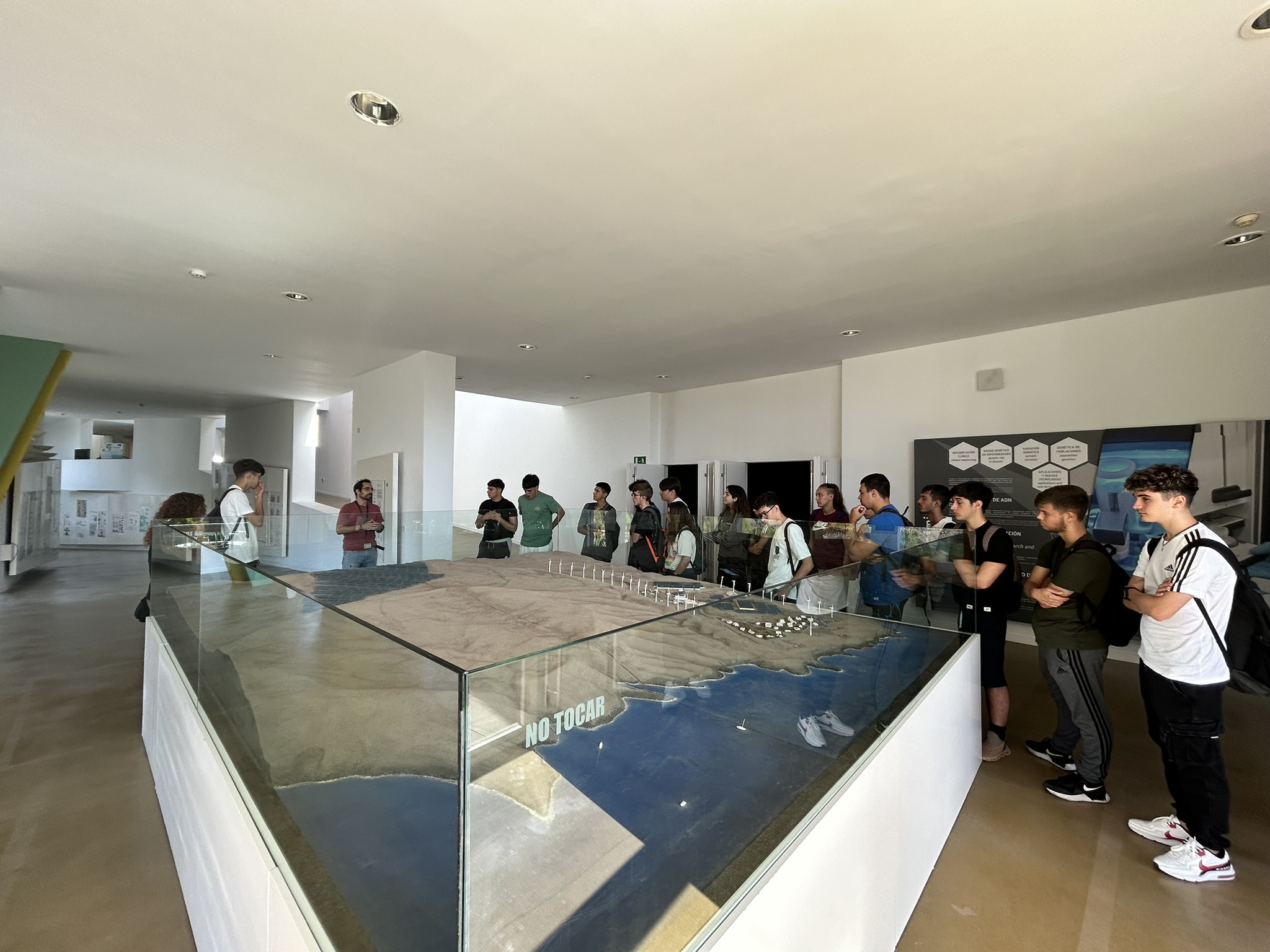Energy storage system, load management and consumption reduction program.
ITER has been working for several years on high-power battery storage systems. The development of the TEIDE100 photovoltaic inverter, with a power of 100kWn, and its subsequent adaptation for bidirectional AC/DC operation, have enabled the in-house development of a battery storage system. Furthermore, ITER currently has this system, which includes a battery bank with a storage capacity of 536 kWh. This bank, which has been used in operational tests, is the basis of the pilot installation for the proposed system and will form part of the final system.
In this regard, the aim is to develop an integrated system of energy storage and load management that allows for more efficient energy management, providing such management with a reduction in ITER’s consumption.
It is a pilot project whose results are expected to be reflected in replicability in industrial systems. Three actions are proposed:
- The storage will allow for the availability of energy to compensate for eventual consumption peaks and to smooth its hourly profile as desired.
- Load management will allow, as far as possible, certain consumptions to be adapted to the availability and, where applicable, to the price of energy.
- The consumption reduction program will carry out the replacement of some lighting systems with other more efficient modern ones.
The proposed storage system will consist of stationary lead-acid batteries with a total capacity of 3.8 MWh and 7 inverter-charger units for a power slightly higher than 1.1 MW, although the power will be limited to 1 MW to match the planned connection point. These capacities would be expandable by adding elements.
The inverter-charger is an in-house development that allows the generation of AC current onto the grid from the DC energy stored in batteries, and alternatively, the charging of these batteries in DC by obtaining energy from the AC grid. Furthermore, it operates at unity power factor and without distortion, unlike other types of rectifiers. This variant also incorporates electrical switchgear that allows it to operate at a higher power (160 kW) than the TEIDE100 model.
Furthermore, this project is an important step in ITER’s line of development in storage systems. The management of the system according to renewable energy production, instantaneous consumption, load management, and forecasts (meteorology, scheduled work) represents a true technological challenge and involves complex hardware control, communications, and software mechanisms.
This action is co-financed by the MEDI-FDCAN Programme 2016-2025 and is included in the Strategic Framework for Island Development (MEDI) 2016-2025 of the Island Council of Tenerife.

Links of interest:




